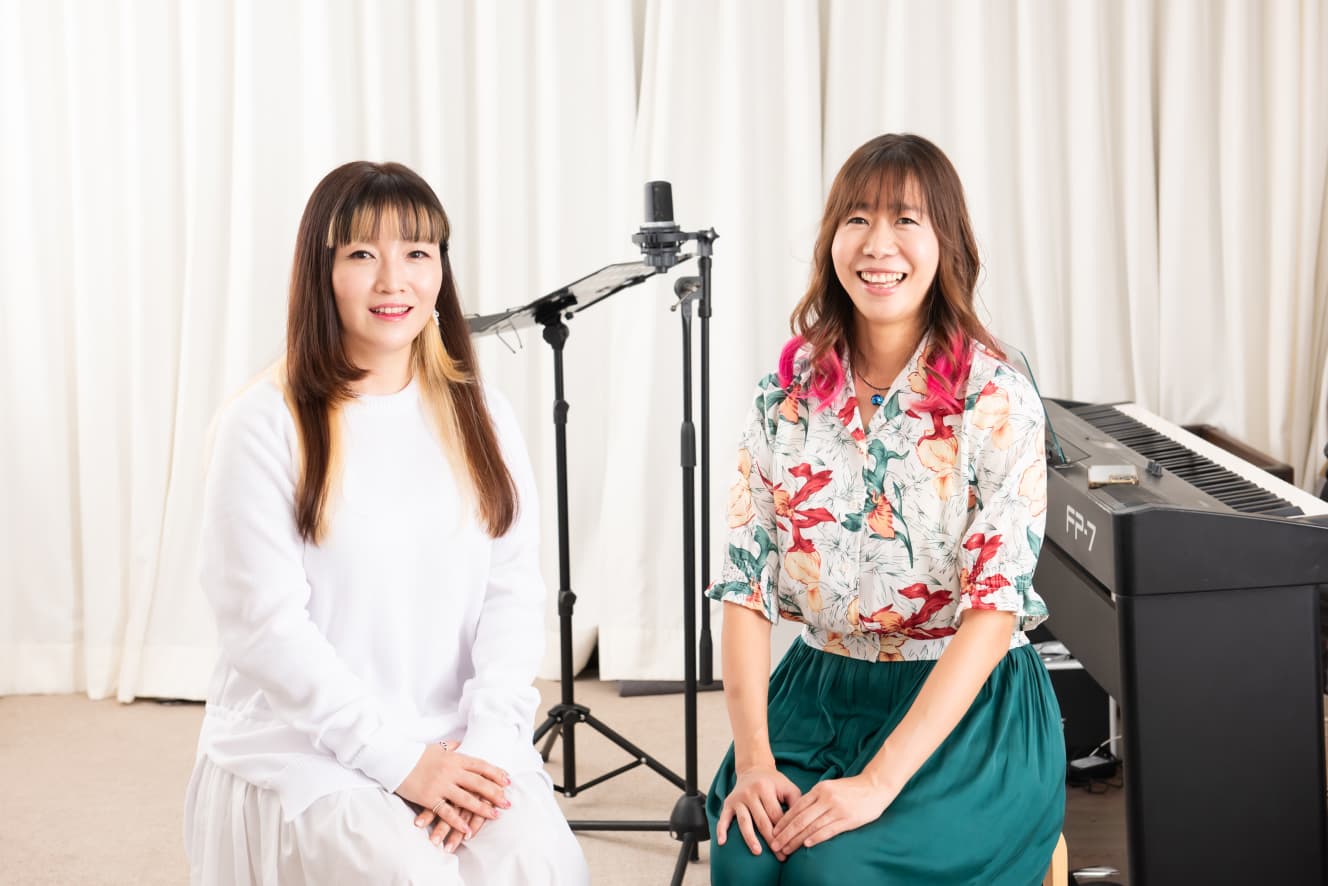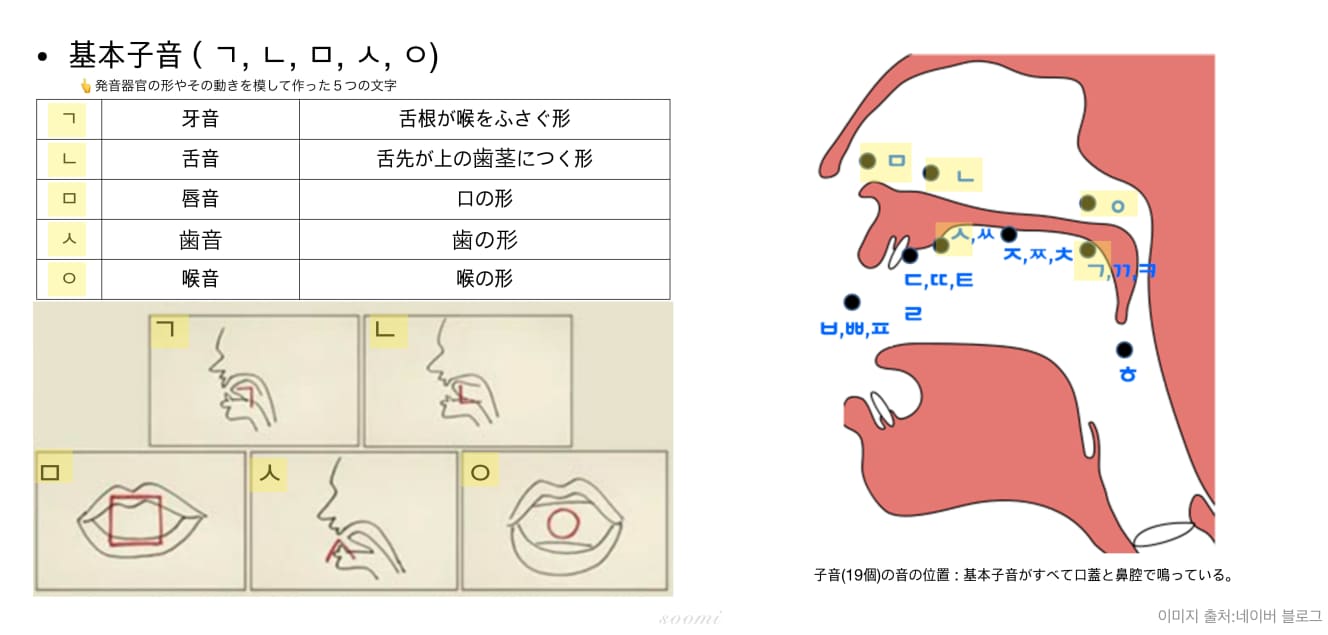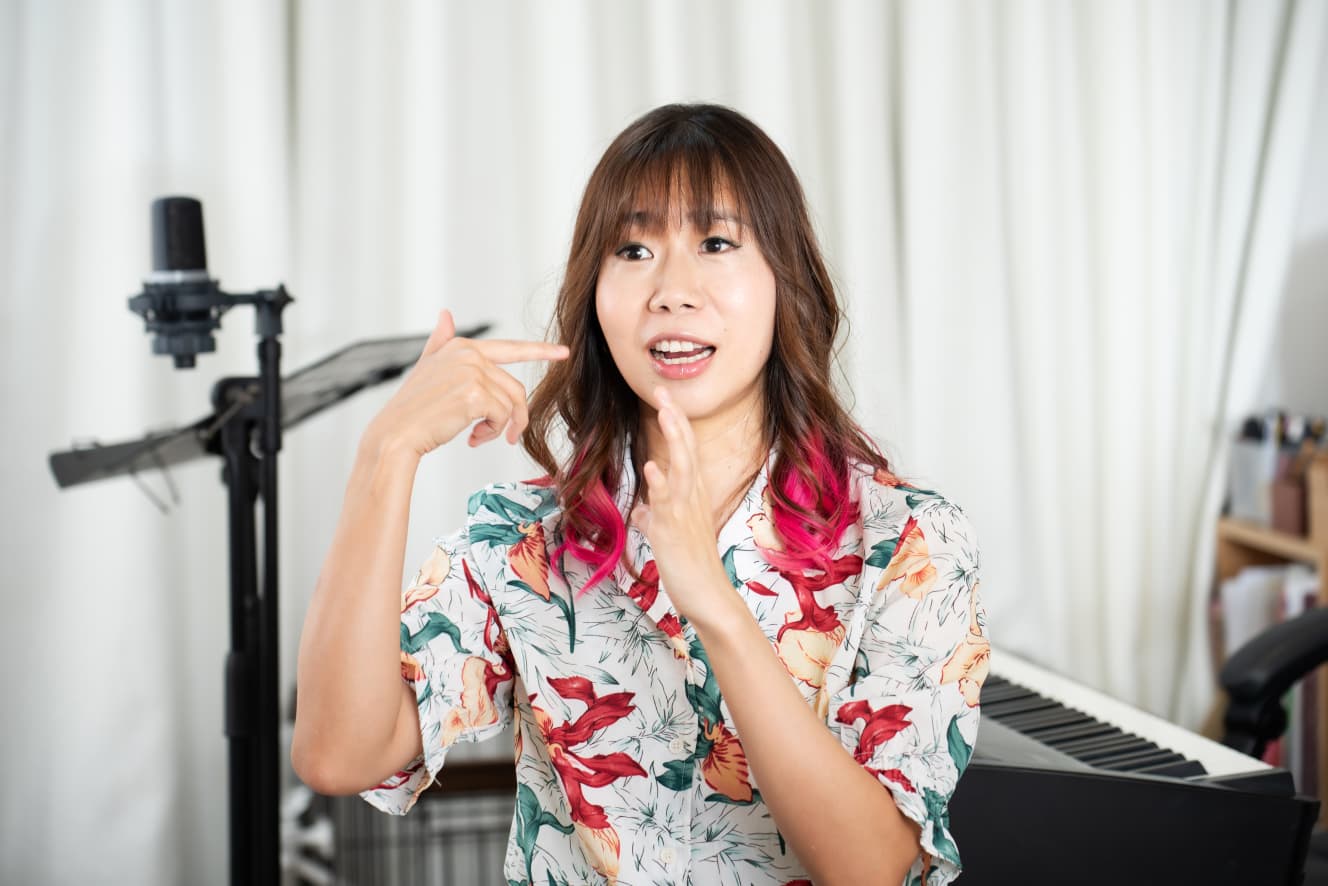Not only idols and actors, but also ordinary people! The reason why many Koreans are good singers lies in “Hangul”!
There are many Japanese who are good dancers, but few who are good singers.”
Koreans are good singers, actors, and even ordinary people.
As a fan of Korean dramas and K-pop since the first Korean boom, I am convinced of this. However, K-pop is now very popular in Japan, and many people may have been astonished at how well K-pop idols sing when they hear them sing at live performances.
Recently, the number of Japanese who want to become K-pop idols has been increasing rapidly, and Korean entertainment agencies frequently hold auditions for trainees in Japan. One of the comments heard from a Japanese auditioner was, “There are many Japanese who are good dancers, but there are few who are good singers.
Survival audition programs originating from Korea have often shown the two extremes: Japanese trainees who express their anxiety, saying, “I am confident in dancing but not in singing,” and Korean trainees who show off their excellent singing voices as if they are the main vocalists.
Why do Koreans sing so well?

To answer this longstanding question, I interviewed Sayaka Ankura, a phonetics voice trainer who runs a vocal lesson studio based on phonetics, and Soomi, a Korean voice trainer who serves as a trainer in the studio’s K-POP training course. In the course of exploring “why Koreans are such good singers,” three key words emerged: “language,” “national character,” and “environment (education).

The “Hangul,” the Korean alphabet, has a lot to do with this.
According to Ms. Soomi, a Korean who also excels at reading and writing Japanese, “The reason why many Koreans are good singers has a lot to do with Hangeul, the Korean alphabet.
The Hangul alphabet has vowels and consonants just like Japanese, but they were created with “sound” in mind.
Consonants are created by imitating the shape and movement of the sound organs, for example, “ ㄱ (fang sound) is made with the root of the tongue blocking the throat, and “ㅁ” (lip sound) is made with the mouth. ㅁ” (labial sound) represents the shape of the mouth (see Figure 1).
There are 19 consonants and 21 vowels, significantly more than in Japanese, and each sound is clearly distinguished from the others. Since both of them are combined to form a single syllable (“consonant + vowel” or “consonant + vowel + consonant” combination, see Figure 2), there are variations in sound. *Refer to Figure 2), there are many variations of sound. The nasal cavity, oral cavity, and pharynx must be utilized to the fullest to produce accurate sounds.


He analyzes that this unique Korean language has helped them master the three major elements of music: rhythm, melody, and harmony, and has also trained them in the three elements of the voice: vocal cords, breathing, and resonance.
He adds, “It can be said that Koreans who have mastered Korean pronunciation have an easy voice and a wide range of pitch.
This gives them the sense of rhythm and resonance necessary for singing, and also adds depth to the tone of their voice. Even if they are not professional singers, Koreans become adept at hearing sounds, and since the muscles in their mouths are naturally trained, they can quickly correct their mistakes and easily improve their skills by learning.
On the other hand, when I teach Japanese, I find that many people do not know how to make the “sound” resonate. This is probably because Japanese is a language that can be pronounced without being as conscious of the inside of the mouth as Korean. Perhaps because of this, I feel that Japanese people are losing out on vocalization.
Nevertheless, many elementary school students these days are able to distinguish sounds, so learning is faster than before. I think they are of the generation whose parents listened to K-POP.”

I am a Japanese who has been using Japanese since birth, but I am ashamed to admit that I have never been aware of the “sounds” of my own language. Mr. Ankura says, “Language is pitch.
Language is about pitch. When pronouncing a word, there is always a pitch.
However, the Japanese language is monotonous in tone, and it is difficult to create depth and breadth. For example, compare the English and Japanese versions of the song “A Whole New World” used in the Disney movie “Aladdin. In the English version, the part “I can show you the world” is sung as “I will show you the world” in the Japanese version, but at the end of the phrase, the English “world〔 wə’ːrld]”, whereas the Japanese ends with “yo”. With so few sounds, the tone has no depth.”
In contrast, Korean is a language in which Western music is easy to sing. In contrast, Korean is a language in which Western music is easier to sing. It has a wide variety of sounds, and the spaces between words are similar to those in English.
To begin with, K-pop tracks are entirely Western. I think the elements of the Korean language that resemble English make it easier to create inflection, rhythm, and tone, making Western music easier to sing.”
Resentment, emotion, and excitement that lurk in the hearts of Koreans are the power of expression.
According to Ms. Soomi, “Koreans are a people who love to sing and dance. This “national character” is also behind their singing ability.
In Korea, the culture of “drinking song and dance,” in which people sing and dance while drinking alcohol, has historically taken root. Many people learn to sing and dance to perform at company drinking parties, and in recent years, it has become popular to take lessons for celebratory performances at the weddings of family and friends.
Since many people have a strong survival and challenge spirit, they have many opportunities to participate in singing and dancing competitions from an early age. I think they put a lot of effort into their lessons.”
Even teenage K-pop idols are able to express themselves in a dazzling manner, whether it is conveying the world of a song with their rapidly changing facial expressions during a dance song, or singing a ballad with full emotion. The same is true of the acting and singing that Korean actors show in dramas and musicals.
Soomi says that the high level of “communicative power,” which cannot be described by the word “rich expressive power,” is part of the national character of Korea.
I think history has a lot to do with it, but even among the younger generation of Koreans, there are latent feelings of ‘han’ (sorrow), ‘jong’ (affection) (warmth), and ‘hoon’ (joy).
Personally, I believe that this “passion” is what gives Koreans their ability to express themselves.

Singing is a familiar thing in Korea. An environment for learning is available.
In Korea, where it is not unusual for ordinary people to learn singing, there are many vocal lesson studios. There are many excellent voice trainers, and it is said that lessons are less expensive and of higher quality than in Japan.
Another characteristic of Korea is that educational institutions such as high schools and universities have “practical music departments” where students can study music professionally. There are no vocational schools like in Japan, and those who wish to become professional singers, idols, songwriters, composers, or other music professionals often apply to universities or high schools that have such practical music departments.
Many universities have departments of practical music, and the most famous schools have competition rates comparable to the most difficult universities in Korea. There are also high schools specializing in practical music (i.e., art high schools), which are also highly competitive, just like universities.
People who have studied music professionally at these schools are also on staff at various music offices. In some cases, voice trainers are assigned to newcomer development, and they themselves may be in charge of teaching the musical side of the business.
“In other words, the trainees are surrounded by professionals in singing and dancing. They are first-rate. That is why we are able to provide high quality education,” says Soomi.
This unique Korean trainee system is also attractive to Japanese aspiring to become K-pop idols. However, Japanese trainees who have only learned to sing in Japanese may not necessarily be able to make the same progress as their Korean counterparts in this environment. In order to raise the “level of Japanese singing,” Mr. Ankura points out that voice trainers also have a big problem to solve.
If you want to train Japanese K-pop idols, you need to teach them to understand the difference between Korean and Japanese vocalization, as Soomi does. Unfortunately, many trainers have not reached that stage. I think this is a future challenge for voice trainers working in both countries.”

Lastly, we asked Ms. Ankura, who has experience as a trainer for the Japanese version of the Survival Audition from Korea, what is needed for the younger generation aspiring to become K-pop idols.
First of all, language. Too many Japanese people cannot understand the different pronunciations of the Korean language. Recently, however, as Soomi mentioned, there are many elementary school students who can hear the difference. This means that they need to become familiar with the Korean language at a younger age. I would like them to learn about Korean culture, including the language, even how to read and write Hangeul and how it is formed.
Apart from language, learning Western music to acquire basic music skills; since K-POP tracks are Western music, Western music is a must. And what is the meaning of transmitting K-POP as a Japanese person? I would like them to work hard and find out why they want to become K-pop idols and what their strengths are.
Interview and text by Keiko Tsuji: Keiko Tsuji PHOTO (Ms. Ankura and Ms. Soomi): Ayumi Kagami